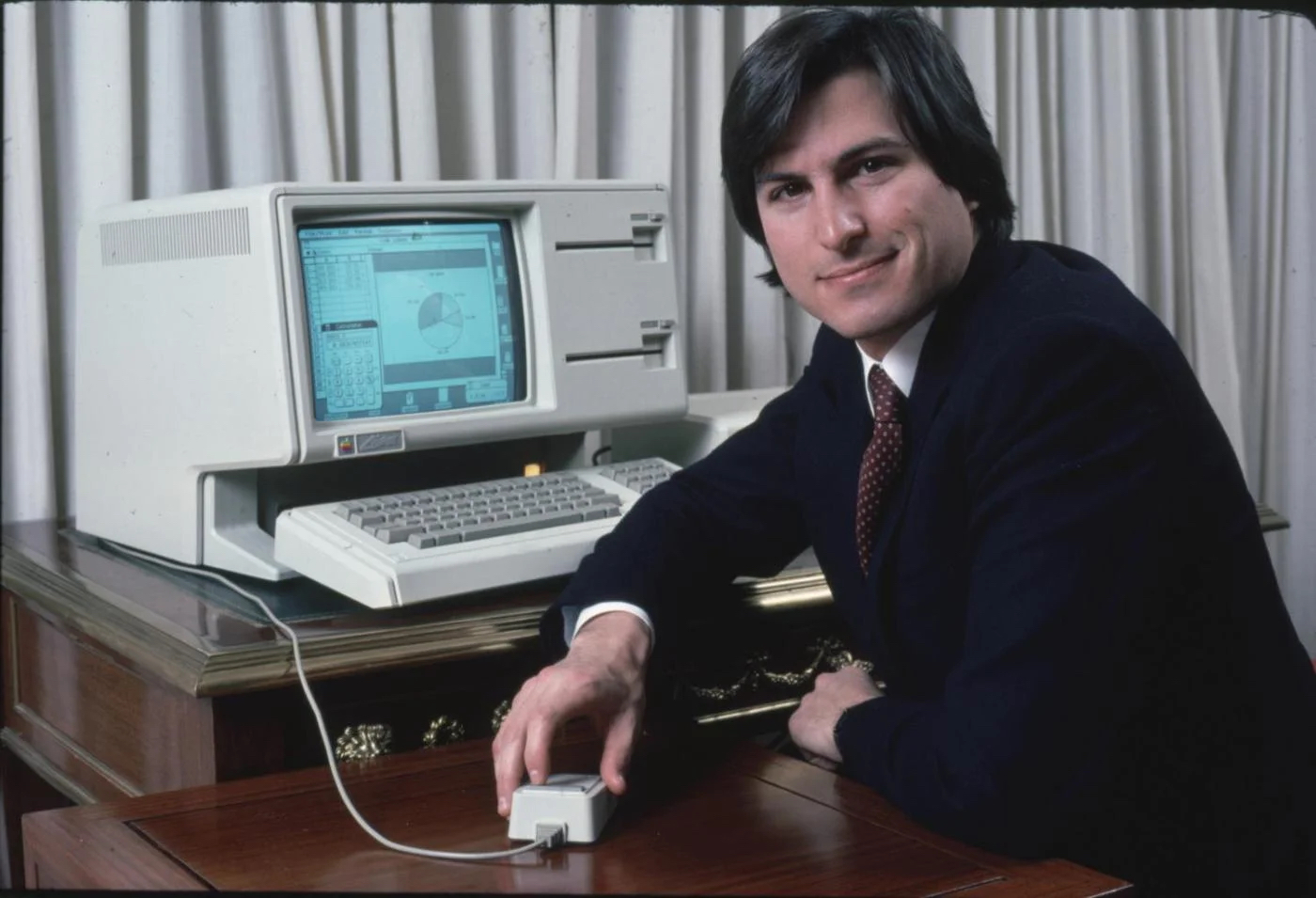
Apple Lisa was introduced 40 years ago. And although it never became a hit due to its high price, Lisa paved the way for the Macintosh and other computers with a graphical user interface. But how does the Lisa compare to modern computers and even devices like smartphones and tablets?
This story is supported by Mosyle, the only Apple Unified Platform. Mosyle is the only solution that fully integrates five different applications on a single Apple-only platform, allowing businesses and schools to easily and automatically deploy, manage, and protect all their Apple devices. Over 38,000 organizations leverage Mosyle solutions to automate the deployment, management, and security of millions of Apple devices daily. Request a FREE account today and discover how you can put your Apple fleet on auto-pilot at a price point that is hard to believe.

The Verge did a special report telling the story behind the Apple Lisa and what it would be like to use a 1983 computer in 2023. For this, journalist Adi Robertson talked to Bill Atkinson, one of the engineers responsible for the Lisa project at Apple at the time.
The story behind the Apple Lisa
As some of you may know, the first computers had no graphical user interface. Instead, they were too complex for the average user, since pretty much everything required running specific commands. In the 1970s, Xerox created a division called PARC to explore what would be the future of the personal computer.
One of the prototypes that originated from this project was a computer with a graphical user interface controlled by a mouse. Apple co-founder Steve Jobs used his influence to take a look at the Xerox prototype back then. “Within, you know, 10 minutes, it was obvious to me that all computers would work like this,” Jobs said in an interview.
But according to Atkinson, Apple did a lot of experimentation to come up with what became the final Lisa interface. In some rare photos from the Lisa development process, we can see that each window had its own menu. However, the engineer pointed out that this became a problem as other windows could overlap the menus. The solution was to place the menus at the top of the screen, something that still applies in macOS to this day.

Moving the menus to the top of the screen also resulted in another behavior that computers still have to this day. Since dragging the cursor to the top of the screen took too long, the engineers decided to make the cursor move according to the speed the user moves the mouse.
Another improvement Apple has made compared to Xerox’s solutions is in how users can organize their files. With Xerox, the user had to select the file, press a specific key, and then click on the place where they wanted to move that file to. Apple, on the other hand, has created the more intuitive drag-and-drop gesture.
What has changed since 1983 in computers
But even though modern computers have a lot of similarities to Apple Lisa, a lot has changed since then. The way apps worked back then was completely different. For instance, every time the user would edit a document, it was moved to the Desktop – and then moved back to its folder after the file was closed.
The interface was intentionally full of skeumorphism so that the user could associate everything with the workflow of a real-life office desk. Nowadays, we don’t even have to think about files and folders. In most cases, we interact with files without even noticing them, and we don’t even need to care where they are saved.
But without Lisa and this idea of making computers more intuitive, technology would certainly be completely different today.
FTC: We use income earning auto affiliate links. More.


Comments